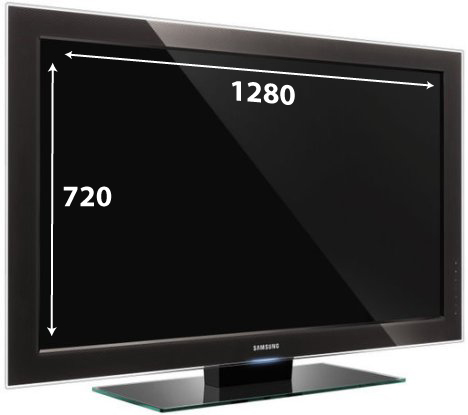A major part of creating custom video keepsakes for customers is manipulating their content, specifically their photos, video, and audio. Video can be tricky on it’s own, given the number of different formats. Music can come as cartridges, tapes, CD or digital copies. Today, however, I would like to discuss photos, which we receive in digital or physical form. About 80% of the time, they are physical, hard copies. Many videographers use video equipment to capture the photos, using small sections of film to create video clips. Instead, I prefer to actually scan the photos at an optimized resolution, which provides the best possible quality. And since they are now digital files, the customer can store them along with their newer digital photos (which we provide on the DVD-ROM).
The point of this post is to discuss the resolution at which those photos should be scanned. When I ask customers to provide photos, which were originally digital, or prefer to scan themselves, I specify a size no smaller than 1280px at 72dpi (meaning that no side should be any smaller than 1280px). The reasoning here is that I am trying to optimize the photos for 720p HD resolution. But what does that mean? 720 refers to the number of lines of vertical pixels, while ‘p’ refers to Progressive Scan (something I won’t go into here).

So why 1280 if you want 720? Because most newer televisions, and ones that support at least 720p, have a wide aspect ratio (16:9), compared to older televisions that were more square with a 4:3 aspect ratio. If you had a 72dpi photo which was 720px high, to fully fill the 720p resolution, you would need a width of 1280px. Regardless of whether that photo is portrait or landscape, I want a width of no less than 1280px, and a height no less than 720px.
Given that the most common aspect ratio in still photography is 4:3, you will notice that a fair amount of your photographs will need to be adjusted to fit 16:9. I personally prefer to fill the entire screen, so I choose to enlarge, then crop the photos to fit. Most portrait photos will lose tops and bottoms, but with the use of panning and scanning (a la Ken Burns), we can dramatically present that photo, retaining most of the original photographers focus.
720p to 480p
Standard DVD resolution (read NOT Blu-Ray) is 480p. Yes, I understand that I am overshooting my resolution here, but given that I provide a digital copy with most videos, I might as well go all out (well, at least the lower levels of HD). I personally keep all of my home videos in digital format on an HTPC, so viewing HD content does not require Blu-Ray. I stream it directly from within my network. I envision that others might have this capability as well, and provide this digital copy with not much further effort.
This has been today’s Clarified Butter.
